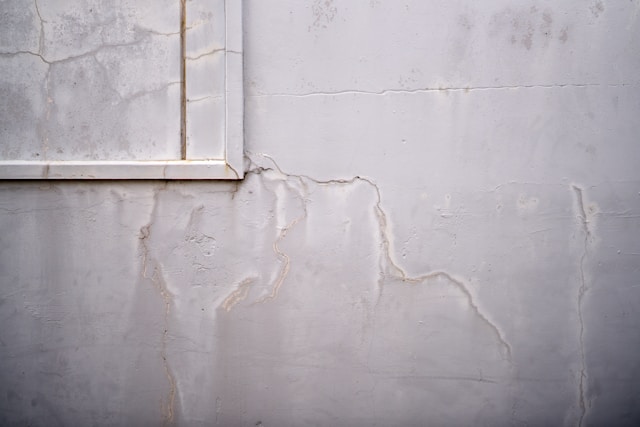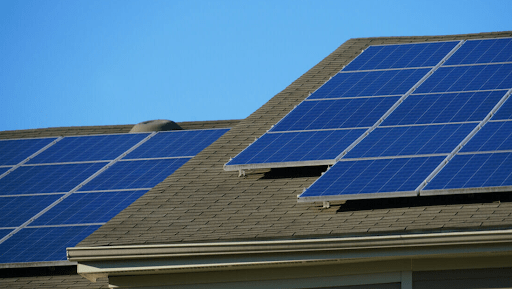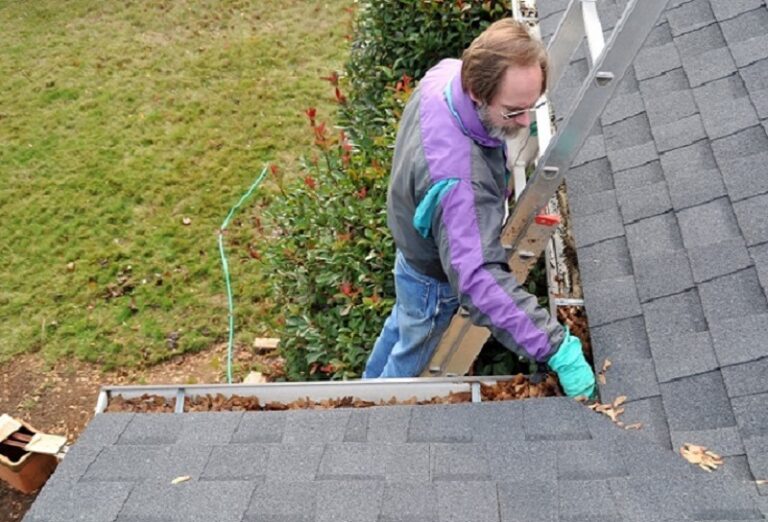Have you ever toured a charming old house and thought, “This is it,” only for the charm to fade once you faced the reality of aging pipes, outdated wiring, or a sagging roof? In competitive markets like Bellingham, WA, older homes offer character and craftsmanship that’s hard to find, but they also come with risks that demand careful planning. With remote work and DIY trends fueling interest in fixer-uppers, many buyers are jumping in without knowing what’s really behind those vintage walls.
In this blog, we will share what you need to know before buying an older house, from the hidden problems to the overlooked details that could make or break your experience.
Why Good Bones Aren’t Always Enough
We’ve all heard someone say, “It has good bones.” That’s supposed to mean the house is structurally sound. But bones alone won’t keep you warm in the winter, dry during a storm, or cool in a heatwave. The truth is, older homes are often full of surprises.
If you’re considering one, start with the basics. Electrical systems in homes built before the 1960s may not be equipped to handle today’s power loads. Plugging in your laptop, phone, and air fryer at the same time might be more than those wires can handle. And outdated panels or aluminum wiring are more than inconvenient—they can be dangerous.
Then there’s the plumbing. Many older homes still rely on galvanized steel or cast-iron pipes, both of which corrode over time. What looks fine on the surface might be one leak away from a major repair. That’s why a plumbing inspection in Bellingham, WA, isn’t just a box to check. It’s a way to avoid thousands of dollars in emergency fixes.
A proper inspection looks for corrosion, clogs, leaks, and any signs of aging in the system. It can also reveal whether your future home’s pipes can handle modern appliances and daily water use. The Pacific Northwest’s wet climate can make even small leaks grow quickly into mold or structural problems. So before falling in love with that vintage tile in the bathroom, make sure what’s behind the wall is just as solid.
Energy Efficiency Has Come a Long Way
Older homes weren’t built with energy efficiency in mind. Windows are often single-pane. Walls might have no insulation. Air seeps in through gaps around doors, chimneys, or cracked window frames. During winter, that means running the heat constantly. In summer, it means your AC works overtime to little effect.
Modern HVAC systems can help, but they’re only part of the solution. Before installing a brand-new unit, think about what it’s working against. Weatherizing the home—adding insulation, sealing leaks, upgrading windows—can cut energy costs and make the house feel more comfortable.
You might get money back or a tax break if you make the home more energy efficient. With energy prices rising, even a small fix can bring noticeable savings. Think of it as tuning the house to work smarter, not harder.
Water Woes Are Sneaky
A leak in a new home usually has a quick fix. But in an old home, that drip might have been happening for years. The signs aren’t always obvious. You might find water stains in the attic, soft spots in the floor, or a faint musty smell in the basement. These clues often point to larger problems like aging roofs, clogged gutters, or drainage issues.
Don’t stop at what you can see. Ask about the roof’s age and whether it’s been repaired. Look at the yard to see if water flows away from the house or moves toward it. Poor drainage can lead to foundation issues, especially in older homes without modern waterproofing.
A thorough home inspection should include moisture testing in crawlspaces or basements. Don’t skip this just because the weather’s been dry lately. Problems often show up during the first heavy storm.
Hazards You Might Not Expect
Asbestos and lead paint sound like things from history books, but they’re still present in many older homes. Before 1978, many homes used lead paint and asbestos. These materials can be harmful, especially for children and pets.
If the house was built before 1980, it’s important to test it for harmful materials. Removal requires professionals and can be costly. But knowing what you’re dealing with helps you make smarter choices—and protect everyone who lives there.
Old windows and doors can also be a safety concern. Some might not open or close properly, which becomes a problem in case of a fire or emergency. And staircases built decades ago might not meet today’s code in terms of height, railing spacing, or stability.
Permits, Codes, and Real Surprises
One of the most overlooked aspects of older homes is their permit history. A finished basement or extra bathroom might look great, but if it wasn’t built to code, it could create insurance or resale issues.
Ask for records. If work was done without permits, you could inherit problems with no legal protection. Even if everything looks fine now, unpermitted work may not meet safety standards. And that means it could fail when you need it most.
An older home might also have mismatched updates from different eras. A 1920s foundation, a 1970s kitchen remodel, and a 2000s roof don’t always play well together. These layers of upgrades might not have been done with long-term compatibility in mind. An inspector can help you figure out what’s solid and what needs a second look.
The Charm Is Real—but So Is the Work
Old homes often feel unique and full of character. Every scratch in the wood and every vintage light fixture has a story. But behind that charm is a house that needs ongoing care. It won’t run on autopilot like a brand-new build.
Older homes often demand more attention and more patience. But with the right preparation, they also reward you with personality, character, and a sense of place that’s hard to duplicate.
So before you fall for that old porch swing or stained glass window, take a step back. Ask the right questions. Bring in the right pros. Look past the surface. Because in the world of home buying, knowing what’s behind the walls matters just as much as what’s hanging on them.







